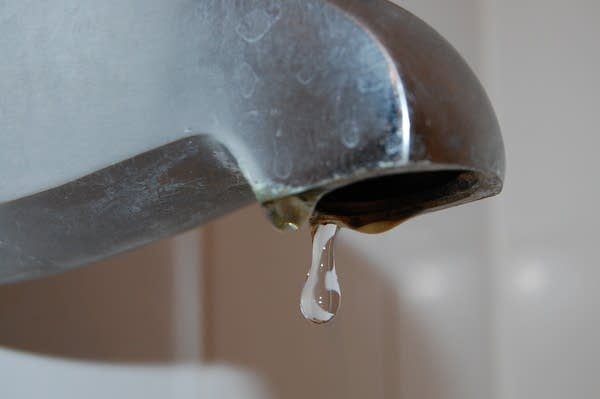Study: No deadly Legionella strain in closed U of M buildings’ water

This spring, as COVID-19 sent people across the University of Minnesota to work and learn from home, two professors launched a study to look for the presence of Legionella bacteria in the water supplies of buildings on the university’s Twin Cities campuses.
Tom Weber | MPR News file 2009
Go Deeper.
Create an account or log in to save stories.
Like this?
Thanks for liking this story! We have added it to a list of your favorite stories.


